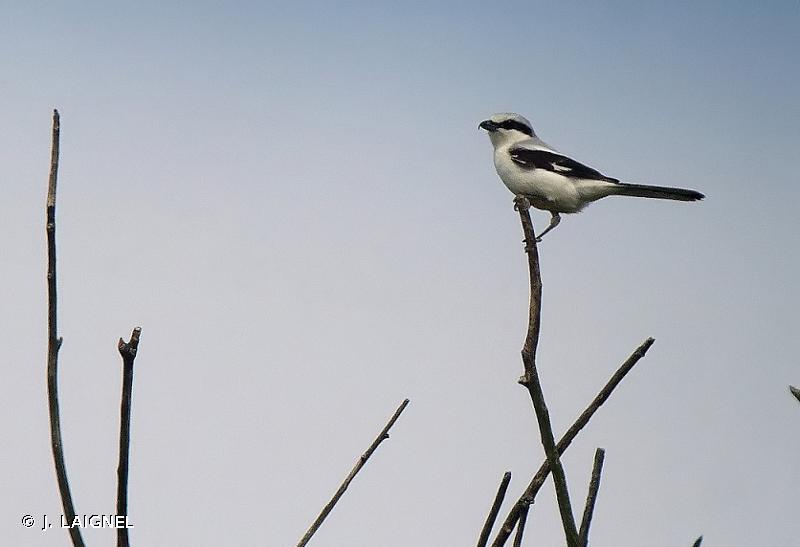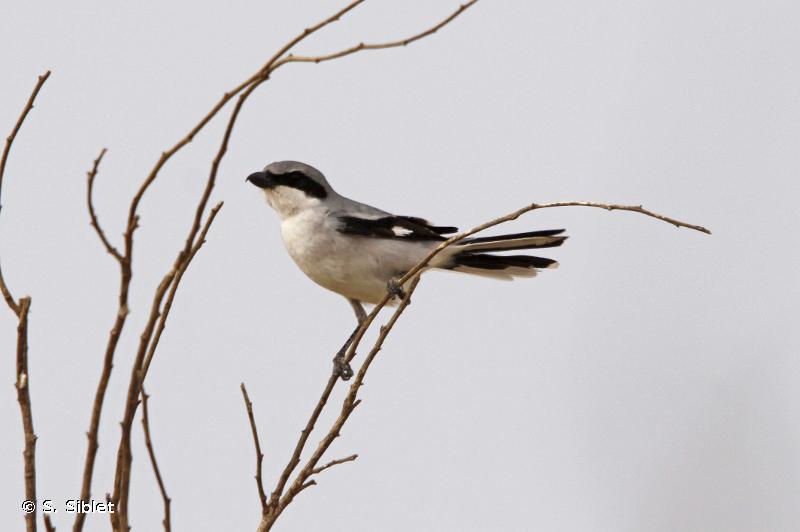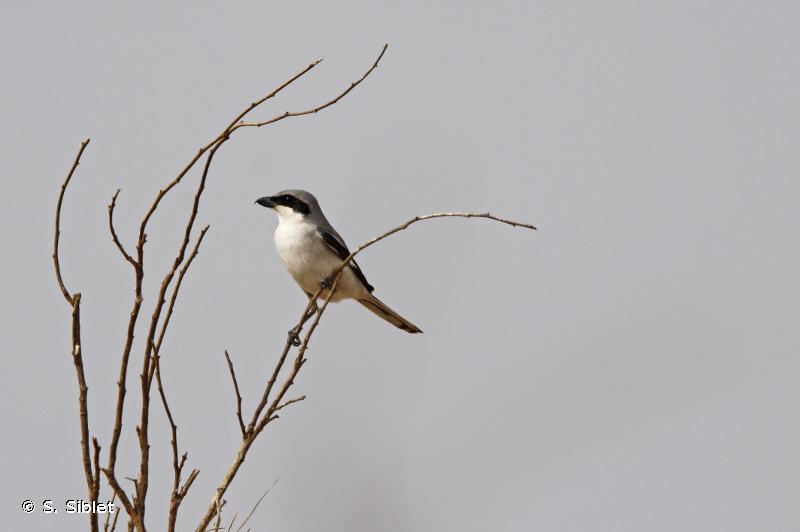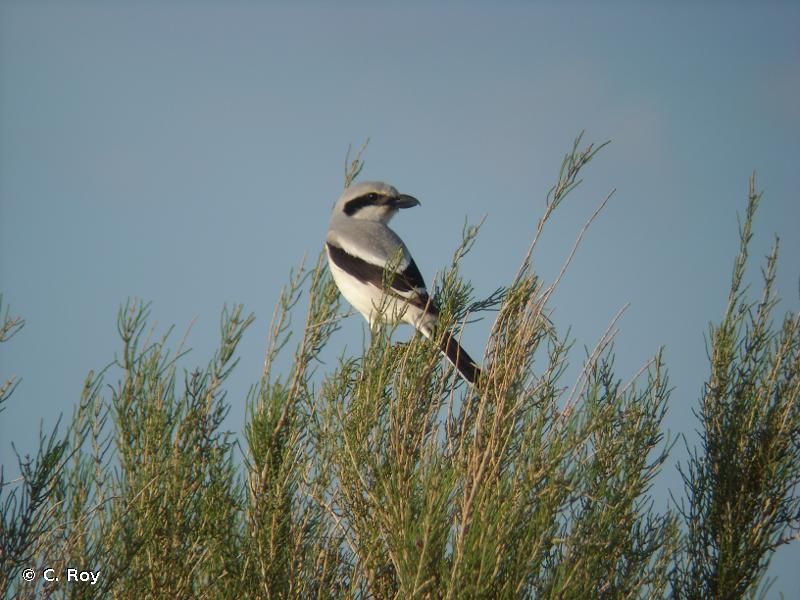
cd_nom

| Author : J. LAIGNEL |
 |
To get the picture, please visit:
Julien Laignel
Chargé de mission SNB - SPN/MNHN
4, avenue du Petit Château
91800 BRUNOY
Tel.: 06.10.68.23.36
Mail: julien.laignel@9online.fr
Despite the Creative Commons license, please inform the author of the use which will be made of his photo

| Author : S. Siblet |
 |
To get the picture, please visit:
Sébastien SIBLET c/o Jean-Philippe SIBLET
Muséum national d'Histoire naturelle - Service du Patrimoine Naturel
36 rue Geoffroy Saint-Hilaire
CP 41
75 231 PARIS CEDEX 05
e-mail : inpn@mnhn.fr
Despite the Creative Commons license, please inform the author of the use which will be made of his photo

| Author : S. Siblet |
 |
To get the picture, please visit:
Sébastien SIBLET c/o Jean-Philippe SIBLET
Muséum national d'Histoire naturelle - Service du Patrimoine Naturel
36 rue Geoffroy Saint-Hilaire
CP 41
75 231 PARIS CEDEX 05
e-mail : inpn@mnhn.fr
Despite the Creative Commons license, please inform the author of the use which will be made of his photo

| Author : S. Wroza |
 |
Despite the Creative Commons license, please inform the author of the use which will be made of his photo

| Author : C. Roy |
 |
To get the picture, please visit:
Cédric Roy
email : inpn@mnhn.fr
Despite the Creative Commons license, please inform the author of the use which will be made of his photo
Taille/poids :
Longueur totale : 24-25 cm. Poids : 70 g en moyenne.
Diagnose :
La Pie-grièche grise a le bec plutôt long et recourbé, un masque facial noir surmonté d'un sourcil blanc. Le dessus est gris-bleu pâle et le dessous blanc. La queue, longue et noire, est bordée de blanc. Les ailes rondes sont noires, avec un miroir blanc assez étendu et très visible en vol.
Détermination :
Simple. Facile sur photo.
Espèces proches :
La Pie-grièche méridionale Lanius meridionalis est plus sombre, avec un dessus couleur gris de plomb et un dessous teinté de rouge vineux. La Pie-grièche à poitrine rose Lanius minor, comme son nom l'indique, montre également cette dernière caractéristique. Elle se distingue à la fois de L. excubitor et de L. meridionalis par le bandeau noir qui s'étend au front.
Période d'observation :
Dans certaines régions qui abritent la nidification, toute l'année. L'espèce étant migratrice partielle, d'autres régions accueillent des oiseaux en période inter-nuptiale (septembre-février).
Biologie-éthologie :
Les petits vertébrés jouent un rôle essentiel dans son alimentation, surtout en hiver. Les campagnols sont recherchés en toutes saisons. Parmi les invertébrés figurent des lombrics et surtout des insectes. La Pie-grièche grise empale une partie de ses proies sur des fils de fer barbelés ou des buissons épineux. Ces « lardoirs » ont une fonction de garde-manger utilisable par mauvais temps, quand les proies peu actives sont difficiles à détecter.
Biogéographie et écologie :
Vaste répartition en Eurasie et Afrique.Espèce des lisières forestières, elle s'est, dans un premier temps, bien adaptée aux paysages agricoles présentant une alternance de petites cultures et de zones herbeuses. Elle affectionne les milieux semi-ouverts, plats ou en pente douce. Son territoire est parsemé de perchoirs de nature et de hauteur variables : arbres, haies, clôtures, fils électriques.
Compilé par J. Comolet-Tirman à partir des Cahiers d’habitats.(UMS 2006 Patrimoine Naturel (AFB / CNRS / MNHN)),2017
Continental
Metropolitan France
Overseas
Marine
Metropolitan France
Overseas
The map presents a summary at the 10 x 10 km grid of the observation data for the species transmitted to the SINP. These data have been subjected to validation filters.
The map presents a reference distribution layer of the species at the scale of departments and marine sectors. The presence and absence data were established by expertise within a network of partners. This reference distribution is used in the validation process of the SINP data at the INPN level.
Corresponds to a report on the basis of at least one observation proved within a period of 10 years (20 years for little-known invertebrates) preceding the year and no presumption of extinction since obtaining the last data nor doubt on reproductive and implemented nature of this population. For migratory species, the presence indicated concerns areas of reproduction.
This status is based on one or more of the following criteria:
This point covers the absence, more difficult by nature to demonstrate than presence. This status is based on one or more of the following criteria:
This status must be assigned to a department in which the presence of the species is casual.
Particular case of absence due to a proven extinction less than a half century ago (older disappearances are treated as "no probable or definite").
In the state of knowledge, we can not comment on the presence or absence in the current department. This is the default status when not comprised in one of the previous categories or whenever there is doubt.
The map shows the global distribution of the species based on GBIF data (Global Biodiversity Information Facility).
